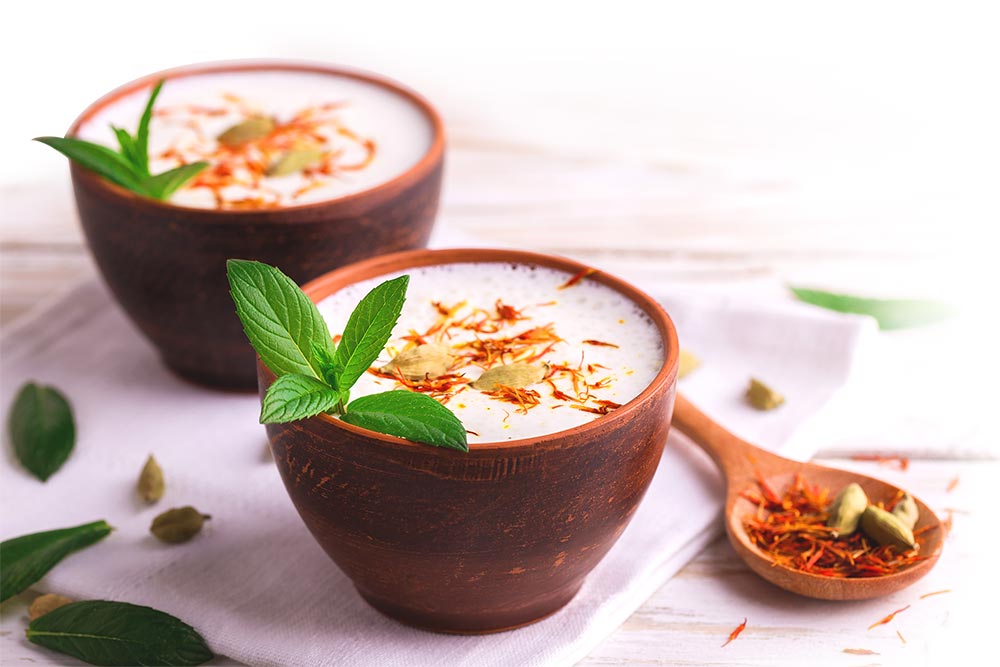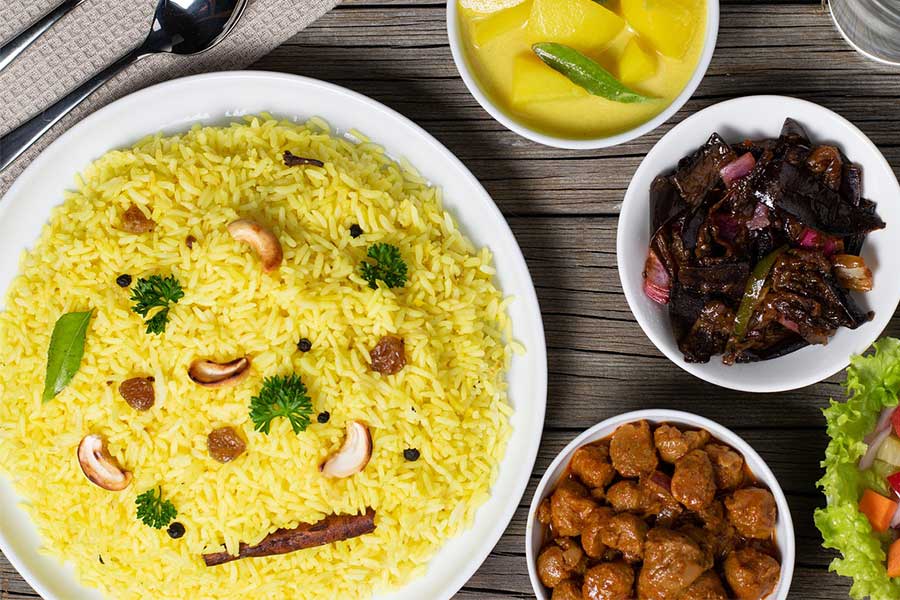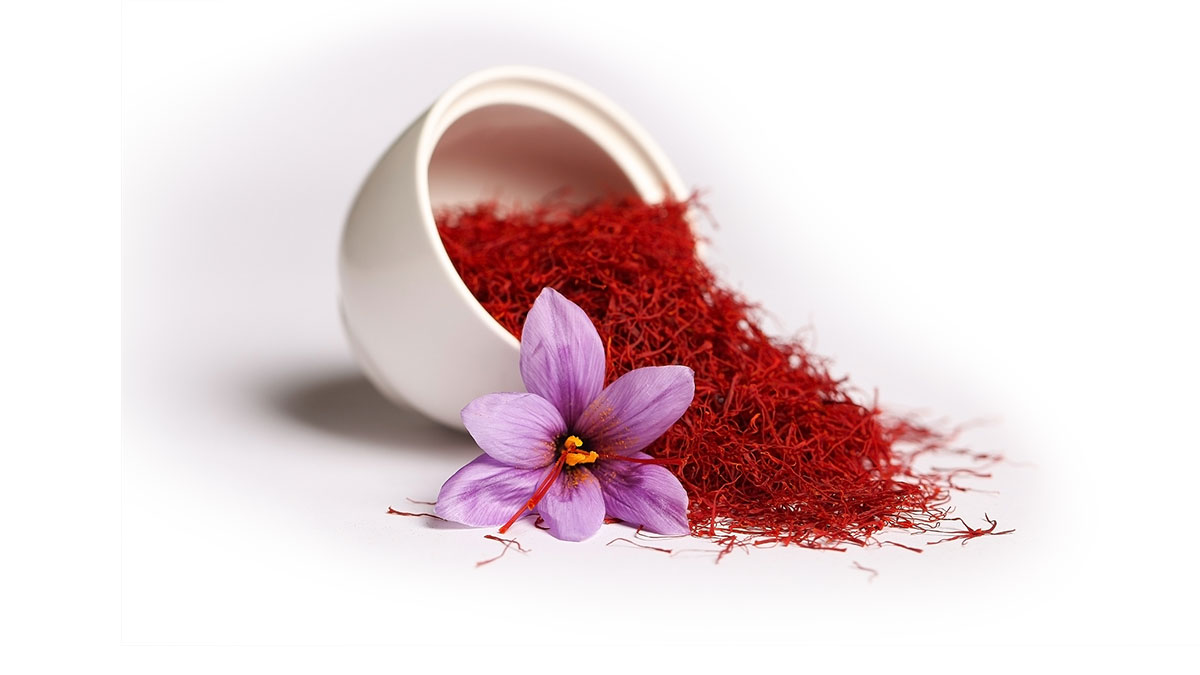Saffron has long been the world’s most costly spice by weight with just one pound of the spice (450 grams) costing anywhere between USD 500 and 5,000. The name of the spice generally refers to the vivid crimson stigma and styles, more commonly called threads, collected from the flower of the Crocus Sativus, or “Saffron Crocus” as it is more commonly known.
The use of Saffron is thought to have originated in Greece during the Bronze Age before eventually making its way to North Africa, North America, and Oceania. Today, however, it is Iran that produces nearly 90% of the world’s saffron.

The spice itself is primarily used as a seasoning and colouring agent in food. It has a subtly sweet taste and hay-like aroma and contributes a luminous yellow-orange colouring to foods. It is this subtleness that pairs it well with savoury dishes; which is why it is widely used in Persian, Indian, European, and Arab cuisines and confectioneries. The best way to draw out saffron’s unique flavour is to soak just a few threads in hot water (not boiling) and then add the liquid, threads included, to your recipe.
Outside of food, saffron is also used in liquors and as a fabric dye. It has also been used for centuries in traditional medicine, and with good reason. Saffron contains an impressive number of antioxidants, including crocin, crocetin, safranal, and kaempferol. Although more tests need to be conducted, these chemicals have been linked to health benefits such as reduced inflammation, anti-cancer properties, antidepressant activity, reduced heart disease risk, lowered blood sugar levels, and improved eyesight and memory.

Saffron is readily available at most markets and can be purchased as threads or in powdered form. However, as mentioned earlier, Saffron is extremely expensive. This is primarily because of how labour-intensive the production process is. Depending on the yield it can take as many as 75,000 flowers to make just one pound of saffron spice. Which have to be harvested and dried by hand, given how delicate the flowers are.
Unfortunately, this cost and the difficulty of production leads saffron to be adulterated with ingredients such as beet, red-dyed silk fibres, turmeric, and paprika, to boost volumes. It is therefore important to purchase saffron only from a reputable brand and absolutely avoid any that appear too cheap.
Saffron Rice
Saffron rice is served as a side dish with chicken or lamb. It is fluffy, a rich yellow coloured rice that is fragrant with mild spices.

Ingredients:
- 1 1/2 cups basmati rice rinsed well
- 2 tbsp ghee
- 1/2 tsp fennel seeds
- 1/2 tsp cumin seeds
- 2 cinnamon sticks
- 2 cardamom seeds
- 4 cloves
- a few peppercorns
- 1 bay leaf
- 1 medium onion diced
- Salt to taste
- 2 1/4 cups of hot water
- 1/2 tsp saffron threads
Method:
- To prepare the saffron rice, rinse the rice and soak it in water for 20 minutes.
- Mix the saffron threads in 2 1/4 cups of hot water and set it aside.
- Heat the ghee in a pan, add fennel seeds, cumin seeds, cinnamon sticks, cardamoms, cloves and peppercorns sauté till fragrant. Next add the onion and sauté over low heat until the onion is softened in about 5 – 8 minutes.
- Drain the rice and add to the pan. Toast the rice with the spices and onion on medium flame for 2-3 minutes.
- Pour in the saffron infused water. Stir to combine, season with salt. Bring it to a boil for 8 minutes, until surface of rice is dry and covered with steam holes.
- Reduce heat to low and cover pot tightly and let it cook for about 12 minutes, then turn off the heat and let it sit, covered, for another 10 minutes. When done open the cover and fluff rice with a fork.

